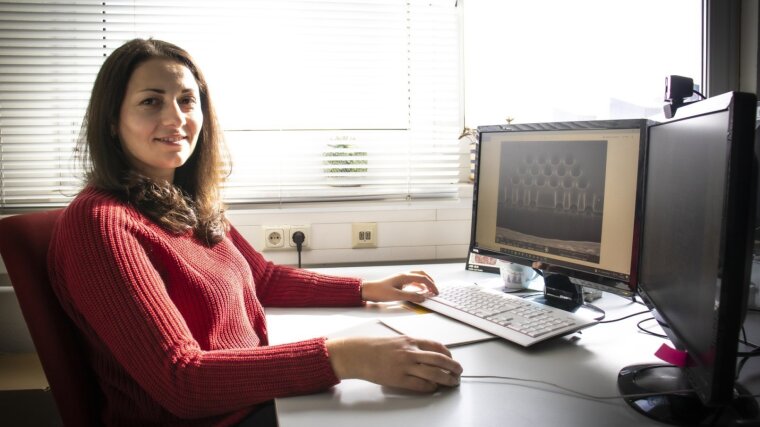
- Light
- Forschung
Published: | By: Ira Winkler
At the latest with this year's award of the Nobel Prize in Physics, one could say that we have arrived in the Age of Quanta. The basis for their analysis and application are photons or photon pairs - and even these must first be generated. For this purpose, so-called photon or quantum light sources are used.
There are also several approaches to this - one of which won the Best Paper Award at the 27th Microoptics Conference (MOC2022) for the paper "Single Crystal Diamond Membranes for Optical Quantum Devices". The authors are: Lilit Ghazaryan, Antonia Klein, Michael Steinert, Frank Schrempel, Alexander Koch, Carsten Ronning and Uwe D. Zeitner.
Within the work done in collaboration with the Institute of Solid State Physics, a successful fabrication process of single crystal diamond membranes was demonstrated. The fabrication is based on the ion irradiation and subsequent removal of the buried and graphitized volume fraction. In particular, extensive investigations on the selective removal of graphitized layer were performed to ensure the generation of high-quality, smooth membranes. Furthermore, the technology was applied to realize a photonic crystal cavity in a freestanding diamond membrane.
The aim of the current research is to establish a comprehensive technology chain for the realization of single photon sources based on the nitrogen-vacancy (NV) colour centers in diamond. To achieve high efficiency diamond based single photon sources for various optical quantum devices, routes for the local activation of NV-centers in the photonic crystal are being investigated.
The 27th Microoptics Conference (MOC2022) was held under the coordination of the Fraunhofer Institute for Optics and Precision Engineering (IOF) from September 25 to 28, 2022 in Jena, Germany. A total of 125 international scientists from different countries took the opportunity here to exchange information on the latest results and challenges in the field of microoptics.